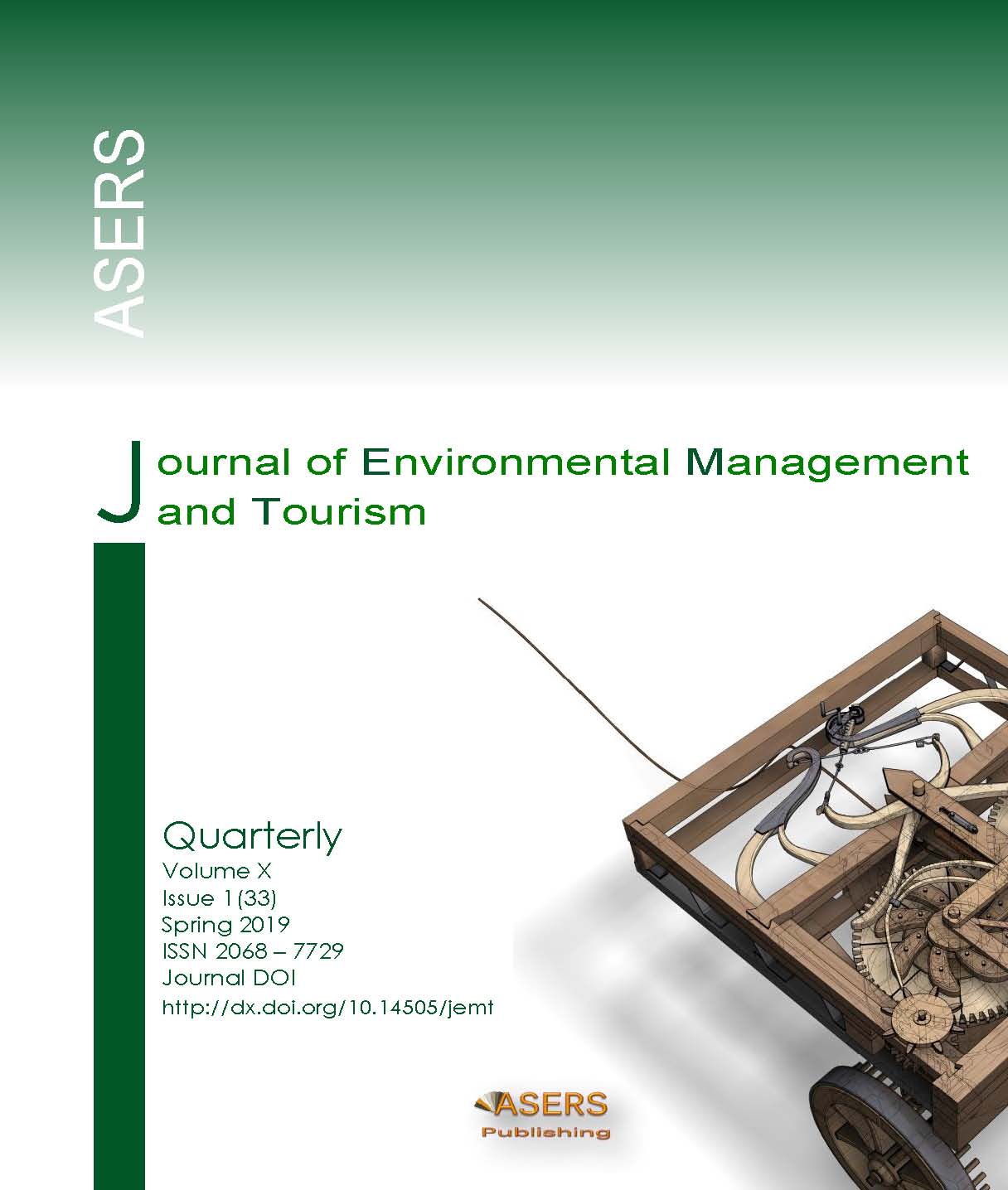Information Support of Monitoring as a Tool of Ecological Optimization of Agricultural Land Use
Abstract
The purpose of the present work is to analyze the features of negative processes occurring in the land fund of the Republic of Kalmykia, to substantiate the organizational measures aimed at providing information support of monitoring as a tool for environmental optimization of the territory.
Methods. The authors used general scientific methods, such as comparison, generalization, analysis, synthesis, as well as particular scientific methods, which included statistical, field, cartographic, and expert evaluation methods. The use of these methods made it possible to carry out ecological and geographical, environmental analysis of the territory, as well as to assess the adverse anthropogenic effects.
Regional studies with regard to the degradation processes, their rates and intensity allowed justifying the choice of model polygons in different areas of Kalmykia. Model polygons will serve the basis for the data generation for the information database in order to predict the development of certain processes, as well as identify positive and negative trends.
References
[2] Bakinova, T.I. 2000. Ekologo-ehkonomicheskie problemy agrarnogo zemlepol'zovaniya v aridnoj zone (na primere Respubliki Kalmykiya). [Ecological and economic problems of agricultural land use in the arid zone (evidence from the Republic of Kalmykia). Rostov-on-Don, The North Caucasian Center of Science of the Higher School, 226-227.
[3] Darbakova, N.E. Formirovanie mekhanizmov ustojchivosti regional'noj ehkologo-ehkonomicheskoj sistemy zemlepol'zovaniya (na materialah Respubliki Kalmykiya). [Formation of sustainability mechanism of the regional ecological and economic land use system (evidence from the Republic of Kalmykia). Ph.D. in Economics. State University of Land Management, Moscow, 2012.
[4] Desertification, Land Degradation: a working concept for the purpose of its assessment. Approved by Ad-Hoc Cons. Meeting of Global Desertification: Status and Methodologies. UNEP, Nairobi, Kenya. February 16, 1990.
[5] Gosudarstvennyj (nacional'nyj) doklad o sostoyanii i ispol'zovanii zemel' v Rossijskoj Federacii v 2016 godu [State (national) report on the status and use of land in the Russian Federation in 2016]. Available at: https://rosreestr.ru/site/activity/sostoyanie-zemel-rossii/gosudarstvennyy-natsionalnyy-doklad-o-so
[6] Januk, V.M. 2007. Stoimostnaya ocenka informacii o plodorodii pochv pri formirovanii zemel'no-informacionnyh sistem [Value appraisal of information on soil fertility when forming land information systems]. Cadastral Bulletin, 4: 29-35.
[7] Komov, N.M. 1995. Upravlenie zemel'nymi resursami Rossii: Rossijskaya model' zemlepol'zovaniya i zemlevladeniya [Land management in Russia: the Russian model of land use and ownership]. Moscow, 112-113.
[8] Kust, G.S. 1999. Opustynivanie: principy ehkologo-geneticheskoj ocenki i kartografirovaniya [Desertification: principles of ecological and genetic assessment and mapping]. Moscow, Moscow State University, 362.
[9] Levingstone, J. 1991. Livestock management and «overgrazing» among pastoralists. AMBIO, 20(2): 80-85.
[10] Lipsky, S.A. 2002. Revisiting the problem of state management in the field of agricultural land use in the current context and approaches to its study. Moscow, Economics of Environmental Management, 3: 79-86.
[11] Lipsky, S.A. 2000The importance of land cadastre and monitoring in the current context. International Agricultural Journal, 1: 42-44.
[12] Lurie, D.I. 1997. Razvitie resursopol'zovaniya i ehkologicheskie krizisy [Development of resource use and environmental crises]. Moscow, Delta Publishing House, 174.
[13] Mabbutt, J.A. 1989. A new global assessment of the status and trends of desertification. Environmental Conservation, 5(11): 103.
[14] Mirzadinov, R. 1999. Upravlenie zemlepol'zovaniem i predotvrashchenie degradacii zemel' [Land-use management, and prevention of land degradation]. Steppe Bulletin: Winter-Spring, 3-4: 30-32.
[15] Koncepcii razvitiya gosudarstvennogo monitoringa zemel' sel'skohozyajstvennogo naznacheniya ..... [About the development concept of the state monitoring of the agriculturally used areas and the lands used or presented for agriculture as a part of other categories, and formation of the state information resources about these lands for the period till 2020]. Order of the Russian Federation Government. June 30, 2010.
[16] Opustynivanie zasushlivyh zemel' Rossii: novye aspekty analiza, rezul'taty, problemy [Desertification of arid lands in Russia: New aspects of analysis, results, and problems]. Moscow, KMK Partnership of Scientific Publications, 2009, 206-214.
[17] Osnovy gosudarstvennoj politiki ispol'zovaniya zemel'nogo fonda RF na 2012-2020 goda [Fundamentals of state policy of use of the land fund of the Russian Federation for 2012-2020]. Approved by Decree of the Russian Federation Government No. 297-p. March 3, 2012.
[18] Trofimov, I.A. 1998. Problemy monitoringa opustynivaniya zemel' i puti ih resheniya [Problems of the land desertification monitoring and ways of their solution]. Achievements of Science and Technology of Agribusiness, 1: 19-21.
Copyright© 2025 The Author(s). Published by ASERS Publishing 2025. This is an open access article distributed under the terms of CC-BY 4.0 license.
